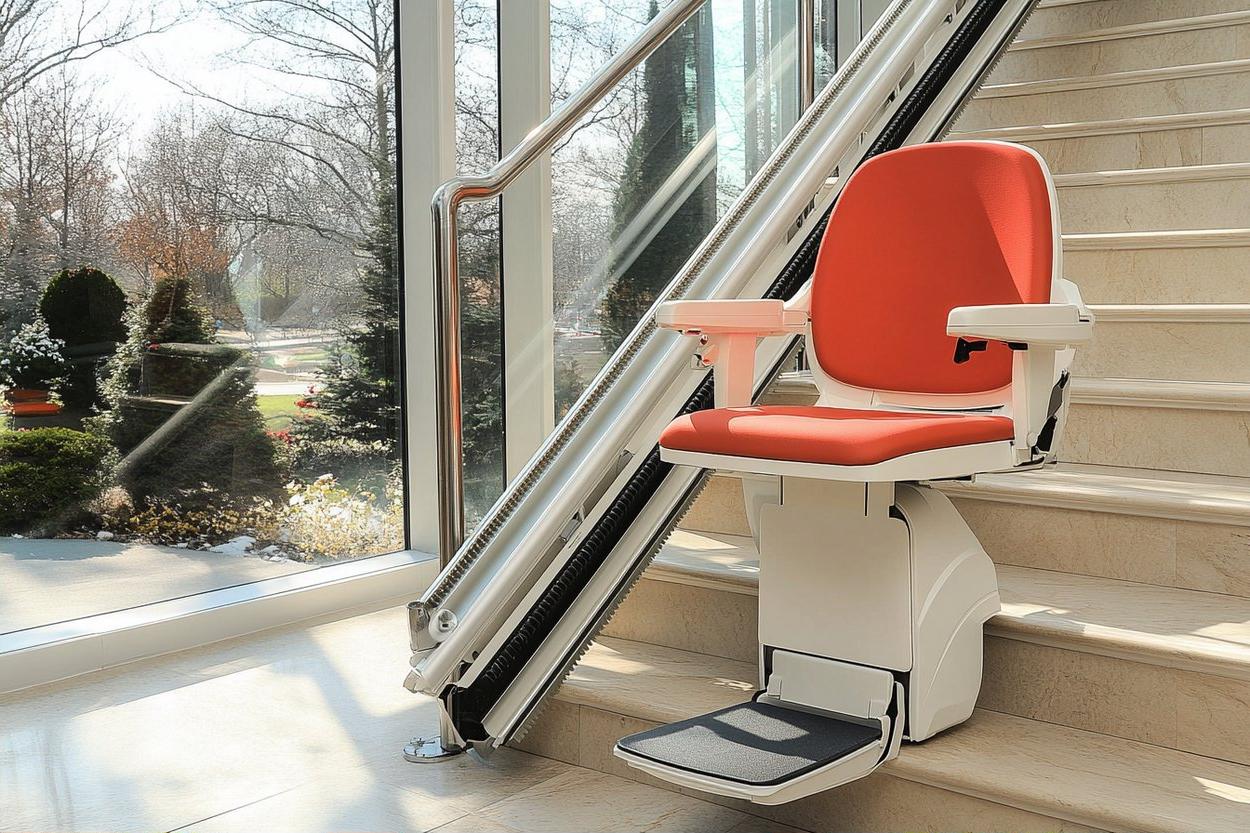Integrating position-control sleep systems with smart home routines
Position-control sleep systems offer adjustable support and tailored positioning that can be coordinated with smart home routines to improve nightly comfort and daytime recovery. Integrating these systems involves balancing ergonomics, connectivity, and energy management so that mattress adjustments respond to personal posture needs, mobility concerns, and household automation schedules without adding complexity or reducing hygiene.

Integrating position-control sleep systems with smart home routines
How does ergonomics affect posture and alignment?
Ergonomics guides how position-control systems support natural posture and alignment during sleep. Adjustable platforms and segmented supports allow targeted elevation for the head, torso, or legs to maintain spinal alignment and reduce pressure points. Properly tuned support helps preserve neutral posture, which can reduce night-time muscle strain and morning stiffness. When assessing a system, look for clear guidance on how adjustments change lumbar support and head elevation so you can balance comfort with alignment rather than relying solely on subjective feel.
How can customization and contouring manage pressure?
Customization and contouring are central to how position-control mattresses respond to body shape and weight distribution. Systems that offer fine-grained control—through independent zones or air chambers—redistribute pressure to limit concentrated stress on hips, shoulders, and heels. Contouring can be achieved via adjustable layers or active controls that adapt in real time to movement. For users with variable pressure needs, the ability to save personalized profiles ensures consistent support and avoids repeated manual tuning while still permitting targeted interventions during rest or recovery periods.
How do layers and materials influence support and comfort?
Layers and materials determine how a position-control surface feels and how it responds when repositioned. Memory foams, latex, and zoned coils each contour differently; a medium-responsive layer may provide even pressure distribution while a firmer insert preserves alignment under heavier regions of the body. Durable materials also affect long-term support and hygiene, so choose systems with removable, washable covers and breathable fabrics. Understanding the role of each layer helps match mattress construction to ergonomic goals and to the degree of contouring you require.
How can mobility and accessibility be integrated into routines?
Mobility and accessibility features make position-control systems useful beyond comfort—facilitating safer transfers, easing care tasks, and supporting users with limited mobility. Integration with smart home routines can automate raising the bed to assist standing in the morning or lowering it for transfers at night. Accessibility-friendly controls (large buttons, voice commands, mobile apps with simple interfaces) ensure that users with varying dexterity or vision can reliably operate settings. Consider the physical reach and control options when planning system placement and routine triggers.
How do energy and connectivity enable seamless automation?
Energy use and connectivity are practical concerns when linking a position-control system to home automation. Efficient motors and low-power standby modes reduce continuous energy draw, while reliable wireless protocols (Wi-Fi, Bluetooth, or hub-based systems) ensure consistent communication with routines. Integration with existing smart-home platforms lets position changes occur with wake or sleep scenes, lighting adjustments, or health-monitoring events. Prioritize systems with clear connectivity specs and fallback options so that routine triggers remain predictable even during network interruptions.
What hygiene and troubleshooting practices are recommended?
Hygiene and troubleshooting are essential for long-term performance. Removable, washable covers and moisture-wicking layers reduce allergen build-up and help maintain materials. Regular inspection of motors, actuators, and connectors prevents wear-related failures. For troubleshooting, keep firmware updated and follow manufacturer guidance on resetting profiles or recalibrating actuators. Maintain a simple log of recurring issues to share with service providers if needed, and ensure replacement parts or service options are accessible in your area to minimize downtime.
This article is for informational purposes only and should not be considered medical advice. Please consult a qualified healthcare professional for personalized guidance and treatment.
Position-control sleep systems can be incorporated into smart home routines to enhance comfort, preserve posture, and support mobility without adding undue complexity. Thoughtful selection of materials, layered support, and connectivity options helps create predictable, hygienic, and energy-aware automation. When planning integration, balance ergonomics and accessibility with reliable connectivity and straightforward troubleshooting procedures so that automation complements individual needs and daily rhythms.






